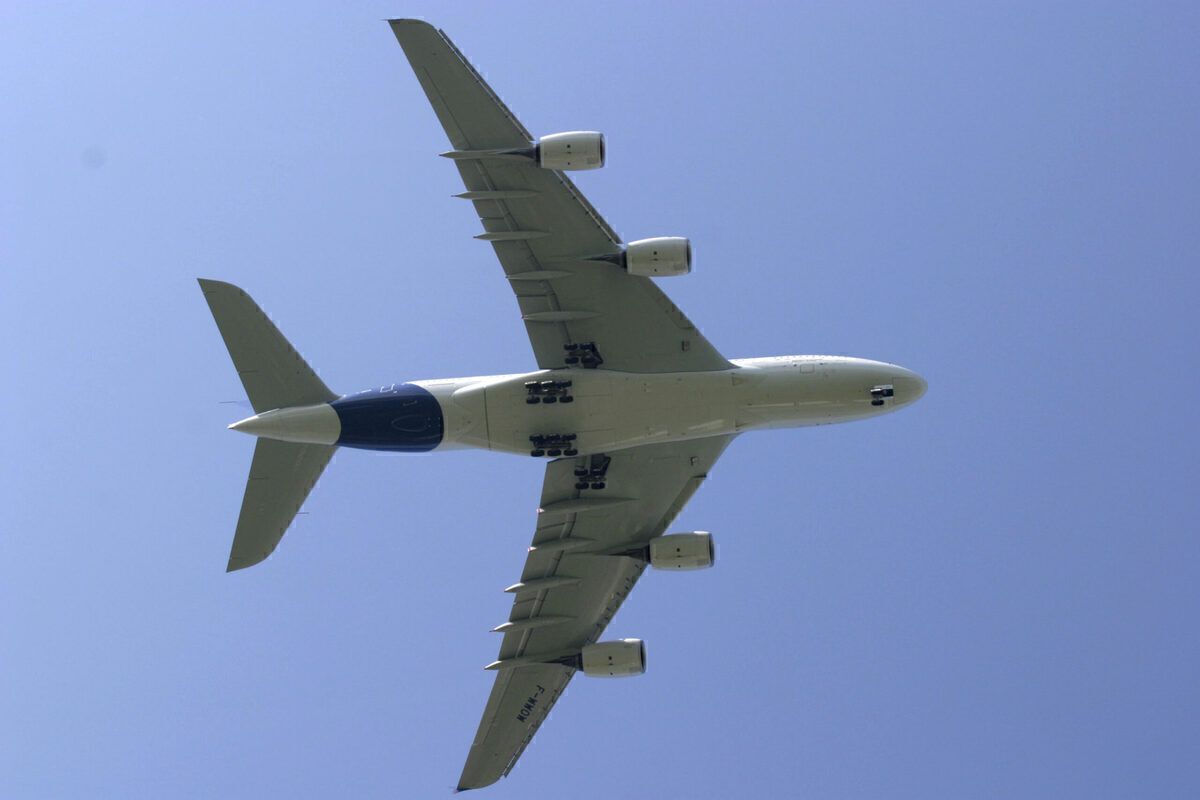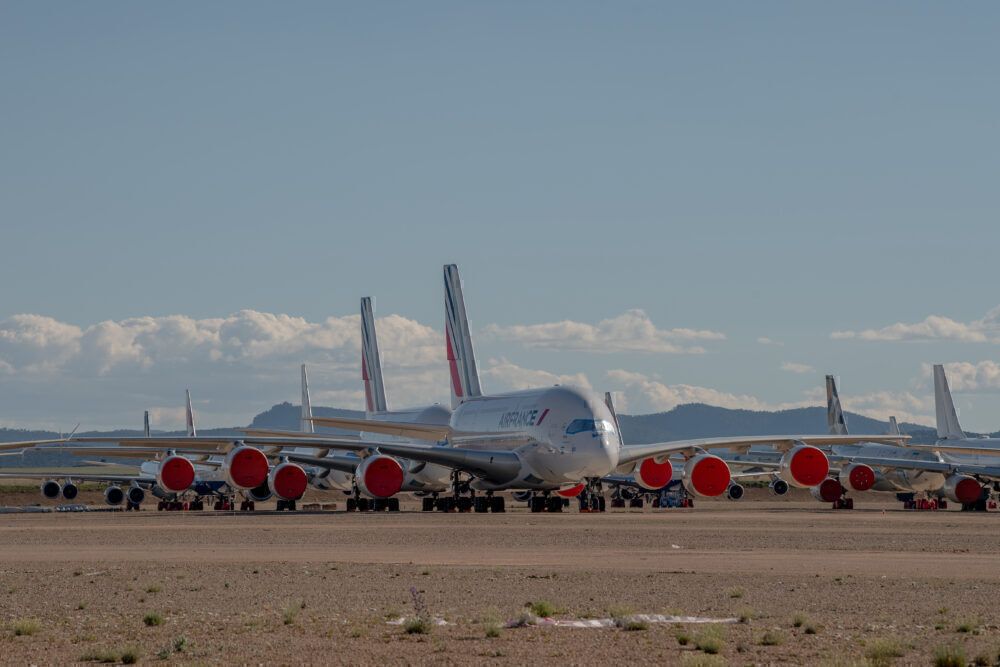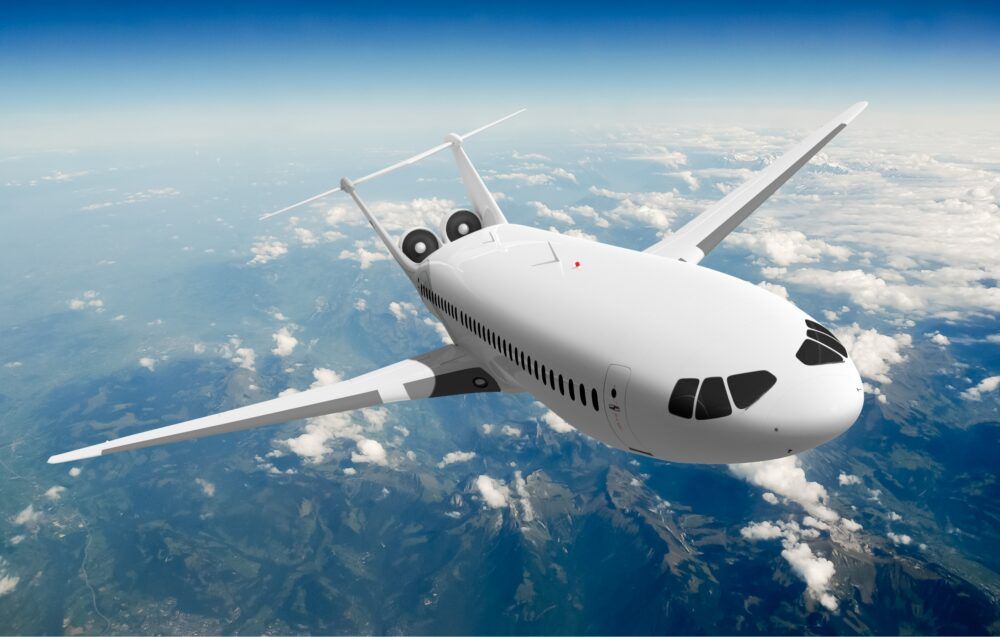Before Airbus settled on the A380 design that has graced our skies for the last decade and a half, it considered numerous options for its A3XX project. Its intention for this aircraft was to penetrate the ultra-high capacity market that Boeing had dominated since the 1970s with its iconic 747. One option it considered stands out as being particularly unorthodox.
What was the Airbus P500?
Rather than placing two passenger decks on top of each other, Airbus instead explored the possibility of laterally joining two fuselages together. According to Airbus A380: Superjumbo of the 21st Century by Guy Norris and Mark Wagner, this fuselage structure was known as a 'horizontal double bubble' (HDB) design.
The numerical element of its name, the P500, was said to have referred to its proposed 500-seat capacity. According to artists' impressions, the two fuselages were to be encased in a single outer fuselage. This would have streamlined the design. The nature of the concept would also have seen the aircraft have three aisles, a concept Simple Flying explored last year.
Stay informed: Sign up for our daily and weekly aviation news digests.
Not chosen for the final project
As was the case with all but one of the proposals put forward for the Airbus A3XX project, the P500 never came to fruition. Airbus eventually decided to take the project forward in the form of the double-decker A380. It eventually launched the project commercially in 2000, and the first A380 flew five years later, in April 2005.
The type entered commercial service with Singapore Airlines in October 2007. Unfortunately, nearly a decade and a half later, the A380 has become somewhat obsolete in the current airline industry. Airbus officially canceled its production in February 2019, and the final example recently took its first flight. The ongoing coronavirus pandemic compounded its struggles, with many airlines storing or even retiring their A380s due to low demand.
A new double bubble disruptor?
While the Airbus P500 never made it to production as the European manufacturer's answer to the Boeing 747, it did not necessarily spell the end for double bubble fuselages. Indeed, in March 2021, Simple Flying took a closer look at the Aurora D8.
The D8 is a 180-seat widebody concept with a similar double bubble fuselage to Airbus's proposed P500. It is thought that, while seating around as many passengers as a Boeing 737-800, its fuselage design would allow for quicker turnarounds. Furthermore, fuel burn is planned to be around 70% lower, alongside a 71dB noise reduction.
These figures correspond to a Mach 0.74 cruise. Nonetheless, even cruising as fast as Mach 0.82 will see fuel burn reduced by 49% and noise by 40dB compared to the existing 737-800. Boeing acquired Aurora in 2017. With the potential for strong financial backing from Boeing, we may yet see a double-fuselage airliner in the form of the D8 in years to come.
What do you make of the Airbus P500? Could there be a place for double-fuselage designs in the future? Let us know your thoughts and predictions in the comments.



